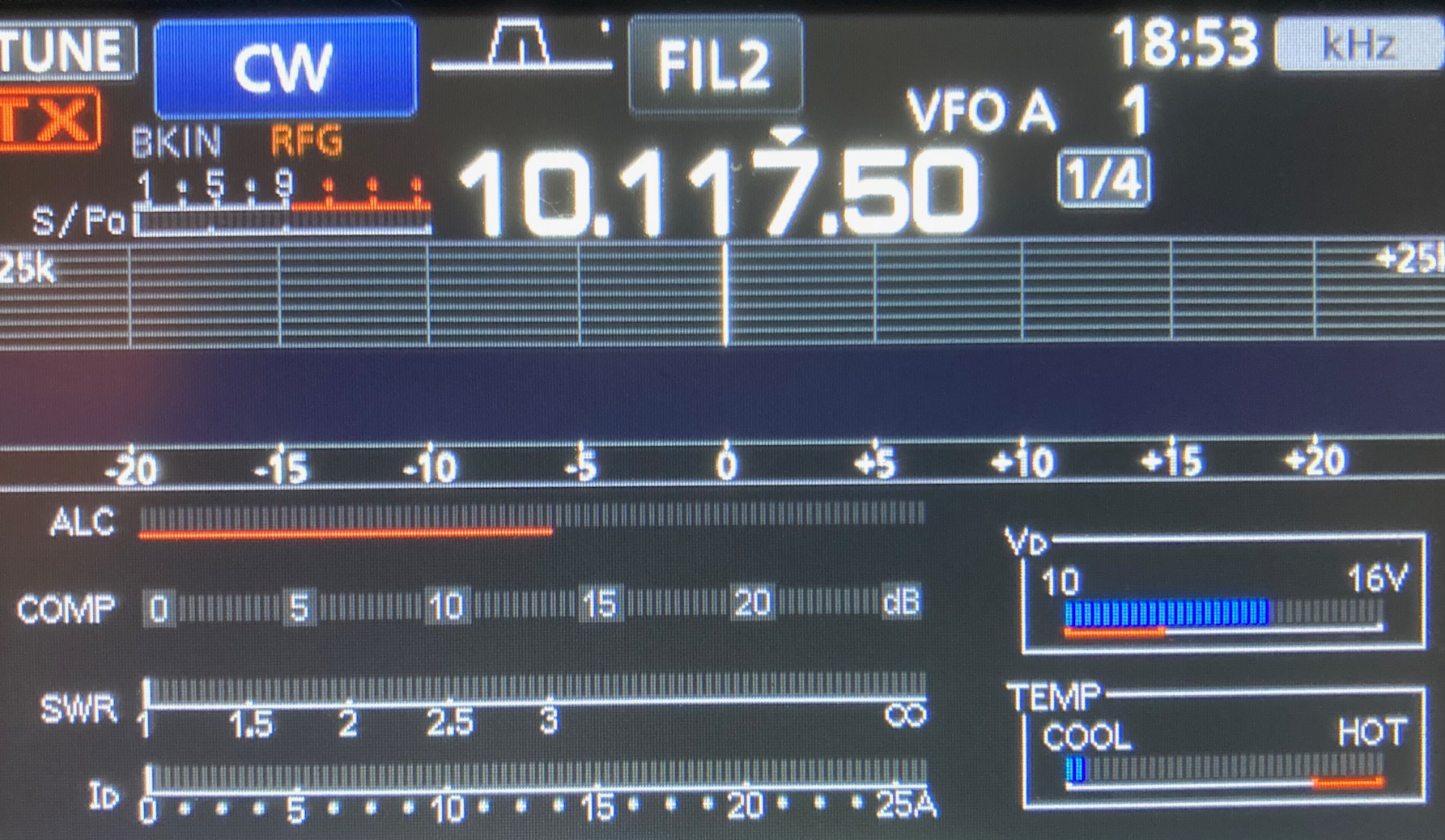Do Traffic Operators Underutilize 30-Meters?
The 30-Meter (10-mHz) band offers several advantages for CW and manual-mode digital traffic operators, some of which are:
- The 30-Meter band is excluded from contest and sprint activities.
- The 30-Meter band can offer propagation similar to that of 7-mHz and 14-mHz.
- Power limitations eliminate interference from the “big gun” DX hounds and RTTY contest stations that often disrupt CW schedules.
The combination of a contest-free slice of spectrum and relatively quiet noise floor should appeal to CW traffic operators. The 10-mHz band can serve as an excellent location for IATN schedules or for watch frequency (QSX) functions during emergency exercises or major disaster events.
In another blog post, we suggested standardizing IATN schedules around specific time periods and then combining them with a brief watch function, thereby allowing stations holding delayed traffic to expedite its flow across country. We also suggested that such an arrangement could dovetail nicely into the National Response Plan by facilitating expansion of the watch periods in the event of a major disaster.
By standardizing on the hour + 15 minutes arrangement, a simple digital timer can be used to activate or unmute a receiver during the routine watch periods. If we do encounter a disaster that requires a continuous watch, such a function can be over-ridden. A future article in the “QNI Newsletter” will include a simple project for developing the needed circuit.
Let’s work together to evolve traffic handling in such a way that we increase flexibility, improve our emergency communications capabilities in case they are needed, and, in the process, add some fun and operating challenges to the program.

